Delicate spice with a rich aroma, thyme is a wonderful addition to beans, eggs , meat and vegetable dishes. Dried thyme is available in stores all year round and guarantees a unique flavor that is used in cooking and aromatherapy.
Thyme is a herb with a wide range of applications and benefits. It has some sixty varieties, including French thyme, lemon thyme, orange thyme and silver thyme, which sure that it will add spice fragrance to our lives.
In essence, thyme has a genus of about 350 species of aromatic perennial herbaceous plants and small shrubs.
Their height reaches 40 cm and they are found wild in Europe, North America and Asia. Thyme leaves have a curled, oblong shape and are very small. The upper leaf is green-gray on top, but the bottom is white in color. It has thin stems, and the flowers can be purple, white, and pink, found in dense clusters with uneven three-part cups, with a cleft upper lip and lower lip.
Thyme species
- Common thyme (T. vulgaris) - widely used herb, coming from the Mediterranean. It grows best on well-drained soils and areas lit by sunlight;
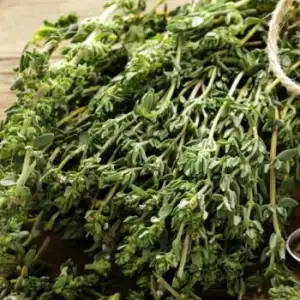
- Caraway-flavored thyme (T. herba-barona) - a double application, using both as a spice in cooking and gardening, as an ornamental plant. Characterized by the pronounced and strong smell of caraway;
- Citrus thyme (T. x citriodorus) (T. pulegioides x T. vulgaris) - very interesting aromatic species that is mostly used for seasoning. It is enriched with the smell of various citrus fruits;
- Wild thyme (Thymus serpyllum) Mahnatata and thyme (T. pseudolanuginosus) - not used for seasoning, but widely used as ornamental and medicinal plants.
History of thyme
Thyme comes from regions such as Asia , southern Europe and the Mediterranean regions. The Latin name of French thyme is Thymus vulgaris. Thyme has been used since ancient times for its culinary, aromatic and medicinal properties. Ancient Egyptians used it as an embalming agent to preserve mummified pharaohs.
In ancient Greece, thyme was very popular and widely used because of its aromatic qualities, being burnt as frankincense in sacred temples. This spice has been known as a symbol of courage and bravery, which lasted until the end of the Middle Ages. Women gifted Knights with a scarf, which was embroidered with bee and wrapped in a sprig of thyme.
Composition of thyme
The thyme herb is rich in various nutrients. It is a very good source of iron and manganese, as well as calcium and dietary fiber. Thyme also contains a variety of flavonoids , including apigenin, and timonin. They increase the antioxidant capacity of thyme and combined with its status as a good source of manganese, give it a high position in the list of antioxidant foods.
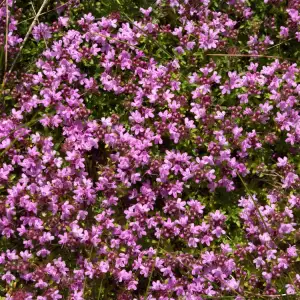
Thyme is full of essential oil, thymol, flavine glycosides, minerals, tannins and others.
Selection and storage of thyme
- Whenever possible, choose fresh thyme instead of dried, because it is sweet;
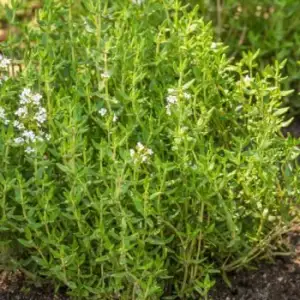
- Fresh thyme leaves must be fresh and bright greenish-gray, with solid stems;
- Prefer organically grown thyme;
- Fresh thyme should be stored in the refrigerator, in a paper towel;
- Dried thyme is stored in a glass container with a lid in a cool, dark place.
Culinary use of Thyme
Thyme is a specific spice and has a delicate aroma and flavor, which is probably the reason it is loved by French culinary experts. The French love the combination of thyme with a sprig of parsley and bay leaf , which is a favorite for flavoring stews and soups .
When using thyme for cooking:
- Always add the thyme in the beginning or middle of cooking, to allow it to release essential oils;
- Add thyme in your favorite sauce for spaghetti , macaroni or any other pasta;
- Fresh thyme is a great addition to any dishes with beans.
- Flavor soups and stews with thyme;
- When you cook or do steamed fish, add a few sprigs of fresh thyme;
- Thyme is a good condiment for roast, if you want to give it a dose of sophistication.
Benefits of Thyme
Thyme is known in history with its use in natural medicine in connection with respiratory problems and chest pains, including coughs, bronchitis and congestion in the chest.
- It is rich in valuable ingredients and antioxidants. Thymol is the main component of the essential oil of thyme, which supports health effects that have long been documented. In studies conducted on rats, scientists found that thymol protects and increases the percentage of healthy fats found in cell membranes and other cellular structures.
- Protects from germs. The oily components of thyme have been shown to have antimicrobial activity against some bacteria and fungi. Staphalococcus aereus, Bacillus subtilis, Escherichia coli and Schigella sonnei are just some of the species against which thyme has proved its antibacterial activity.
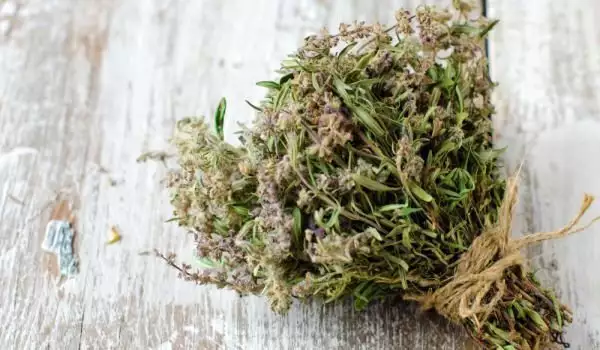
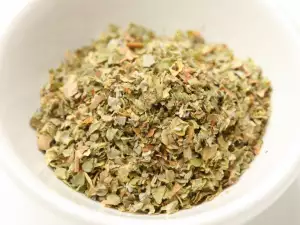
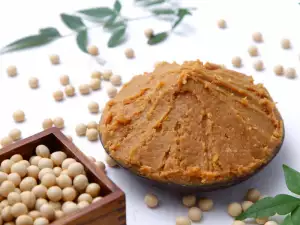
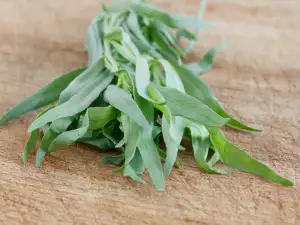
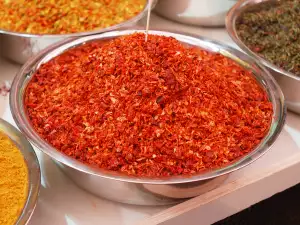
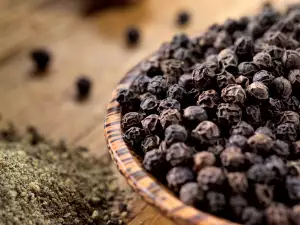

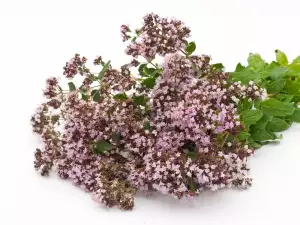
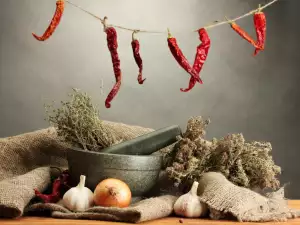

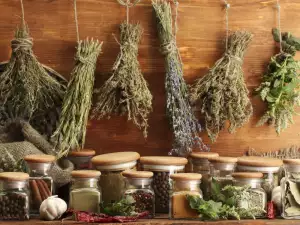

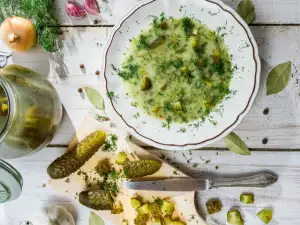
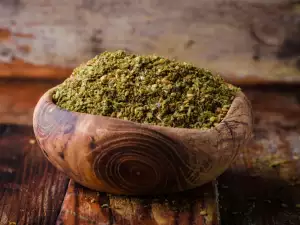
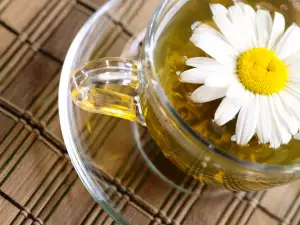





Comments